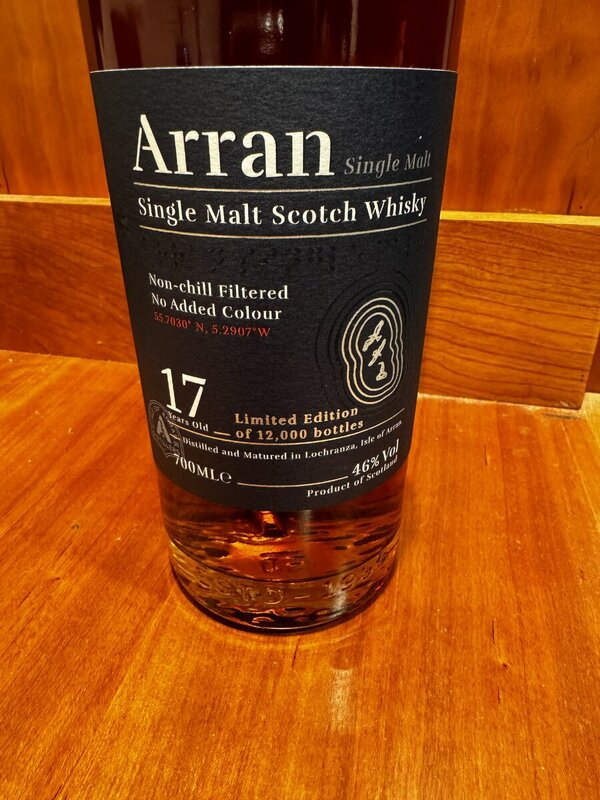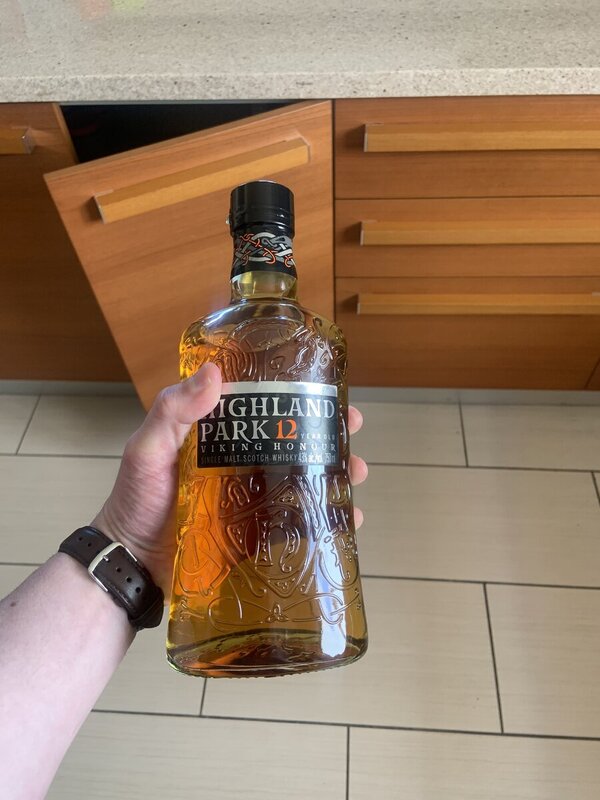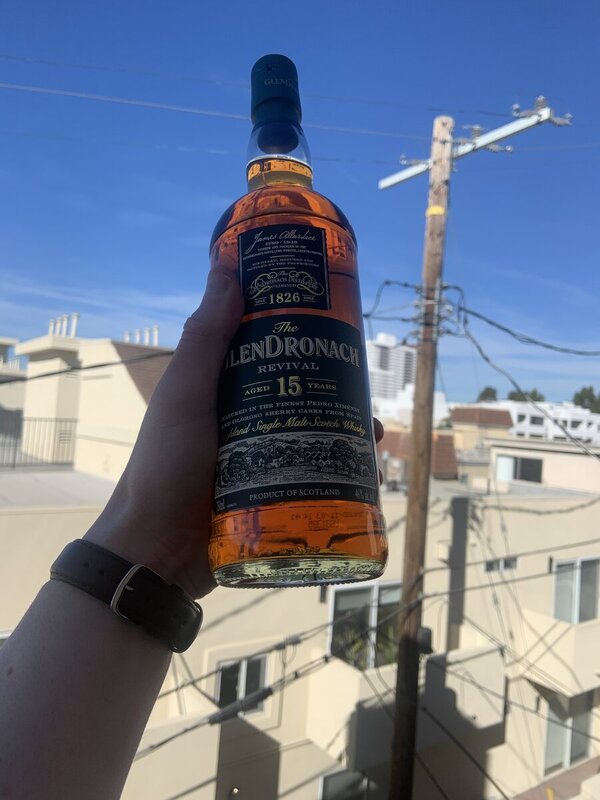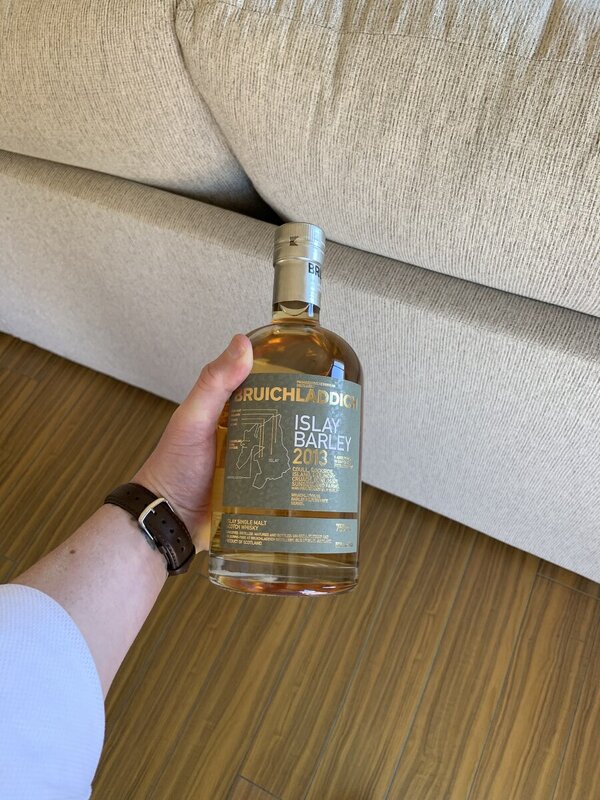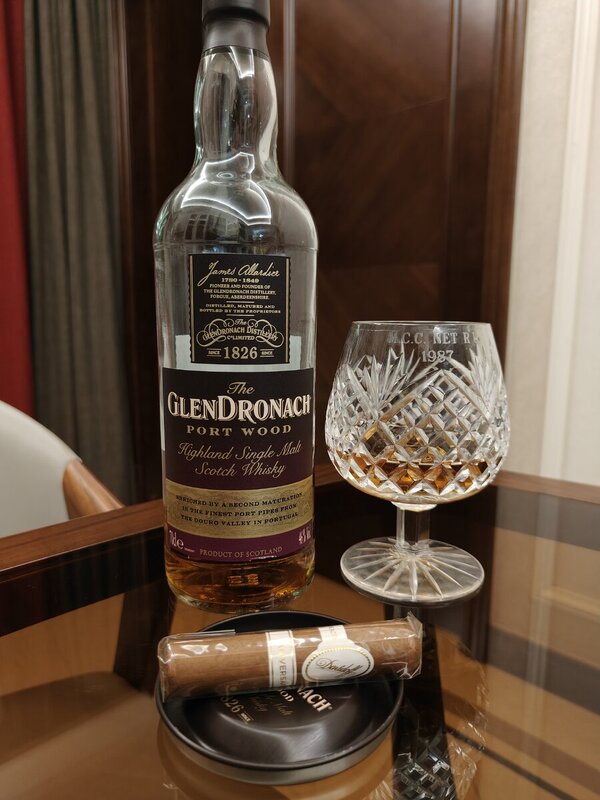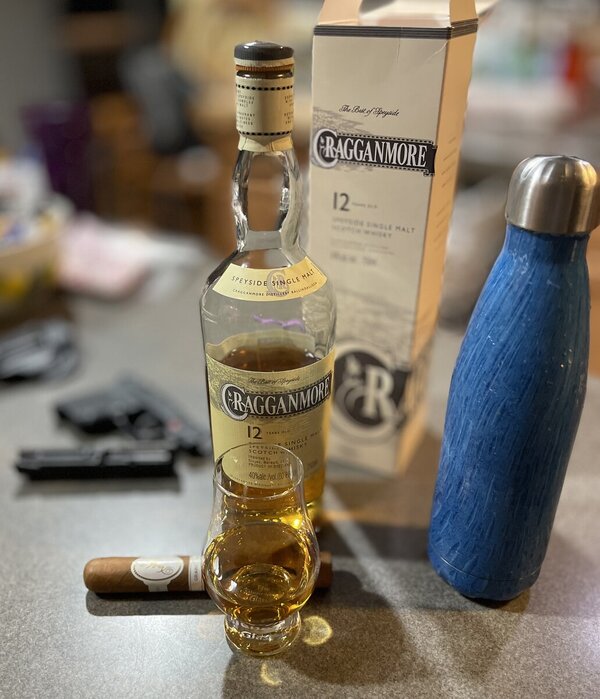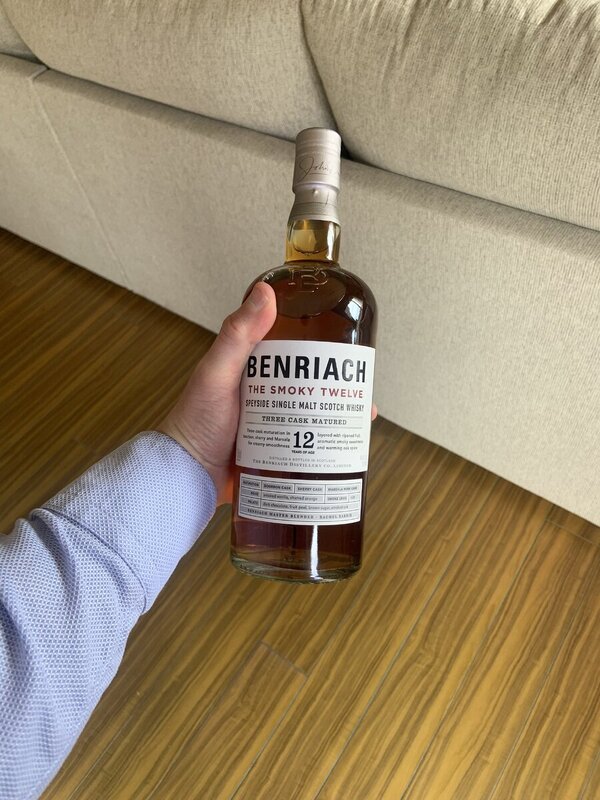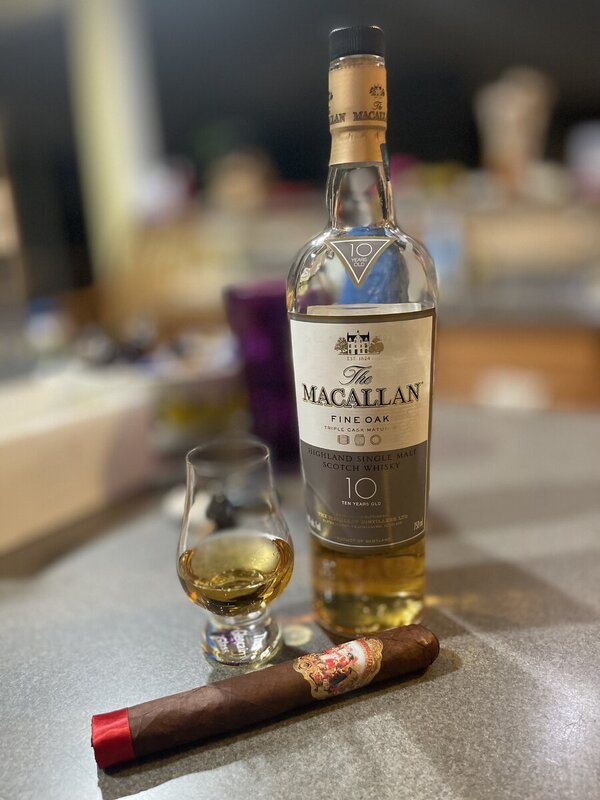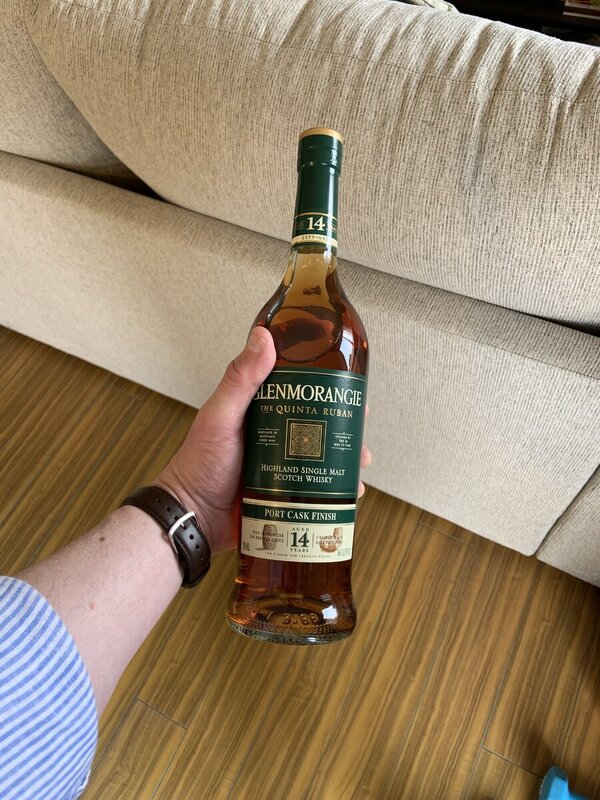Longmorn
Senior Member
- Joined
- Sep 3, 2012
- Messages
- 240
- Reaction score
- 30
But as neither kelp nor seawater have any direct contact with the barley or the Scotch, how else is it going to get in there except via the peat smoke?
(I suppose you could argue that the seawater makes it in via brine in the air, but then you'd expect all coastal single malts to display significant iodine flavors, no?)
It's an interesting question - I certainly don't have a definitive answer.
(I suppose you could argue that the seawater makes it in via brine in the air, but then you'd expect all coastal single malts to display significant iodine flavors, no?)
It's an interesting question - I certainly don't have a definitive answer.


















